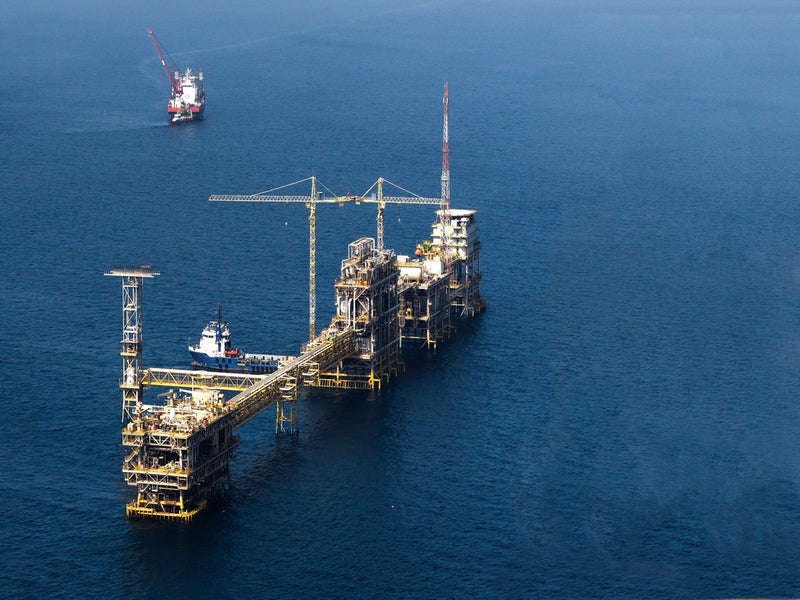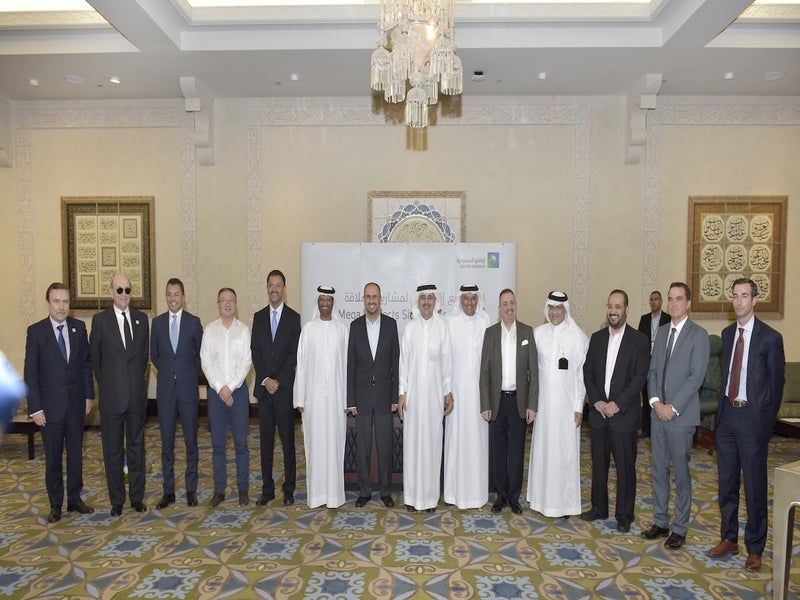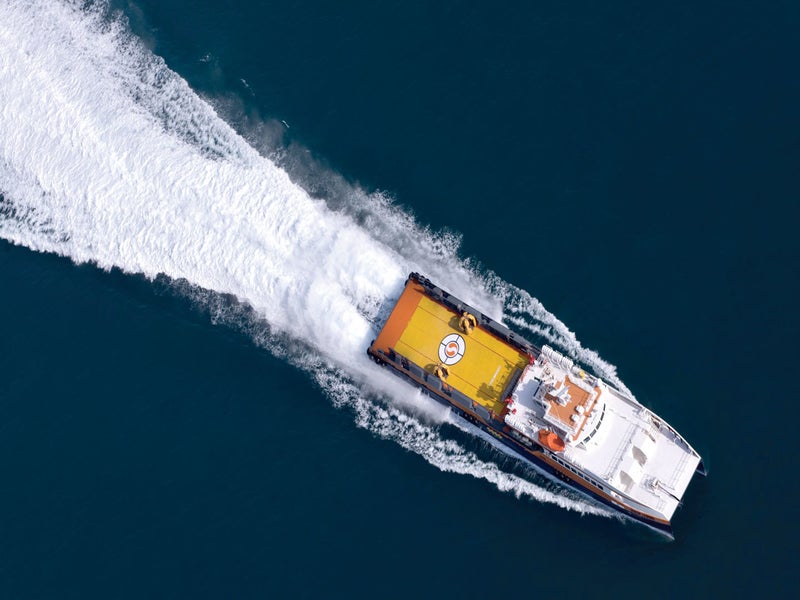Zuluf Field, a super-giant oil field located in the Arabian Gulf, approximately 40km offshore the north-east coast of Saudi Arabia, is undergoing expansion to increase its production capacity. The oil field is present at a shallow water depth of approximately 40m.
Owned and operated by Saudi Arabia’s state-owned oil company Saudi Aramco, the field is being expanded under the Zuluf field development programme, which began in January 2018.
The expansion project will increase the production capacity of the field from 800,000 barrels per day (bpd) of Arabian medium crude oil to 1.4 million barrels per day (Mbpd) of heavy crude oil.
Expected to be completed by 2020, the project will significantly support the Saudi Vision 2030 to improve energy sustainability.
Zuluf oil field reserves and discovery
The Zuluf field has reserves from the late Jurassic era present in shale sandstone reservoirs named Khafji. The field was discovered in 1965 and entered production in 1973.
Zuluf oil field expansion
The Zuluf oil field expansion includes the development of the fourth offshore gas oil separation plant (GOSP)-4.
The expansion includes installation of a single well observation platform, three gas observation platforms, as well as subsea pipelines and cables. It also includes installation of nine slipover jackets and decks.
Onshore central processing facilities such as a new two-train GOSP will be installed to process Arabian heavy crude oil transported through electrical submersible pumps.
Additional onshore developments include installation of compression facilities, water injection facility, and associated pipelines.
New downstream pipelines will be laid to transport the crude oil to Ju’aymah terminal after the stabilisation process. The separated gas and condensate will be transported to the Tanajib gas plant through new pipelines.
Old electrical systems and mechanical equipment such as tower cranes will also be replaced under the expansion project.
Details of the Zuluf oil field
The Zuluf oil field comprises three offshore GOSPs. GOSP-1 was developed and connected to the F.A. Davies, a floating storage vessel, through underwater flowlines.
With 1.8 million barrels capacity and two single-point moorings, the vessel was placed 64km offshore to receive the crude oil. The storage vessel was included in the tanker fleet after pipeline was laid from the field to the onshore processing facilities.
The development of GOSP-2 began in 1976 for increased production processing capacity. The five-storied GOSP-3, which was built in 1983, was closed in 1995 due to low demand. It was reopened in May 2017.
Contractors involved
Saipem secured a long-term contract for providing engineering, procurement, installation and construction (EPIC) services for the subsea systems. The scope of work includes development work related to the platform decks and jackets, as well as design, installation and implementation of associated subsea cables and pipelines.
The company is also responsible for maintenance and dismantling works of the existing platforms.
Jacob Engineering Group won the contract to render engineering and project management services for the project in March 2018, while National Petroleum Construction Company (NPCC) will supply nine jackets for the expansion.
McDermott received an EPCI contract worth between $50m to $250m to relocate the control rooms in GOSP-4 in June 2019.
A consortium of Subsea 7 and L&T Hydrocarbon Engineering (LTHE) received an EPCI contract for the jackets, valued between $50m to $150m, in September 2019.
Ramboll assisted with the replacement of 17 tower cranes present in the Zuluf field, under a subcontract with WorleyParsons.






